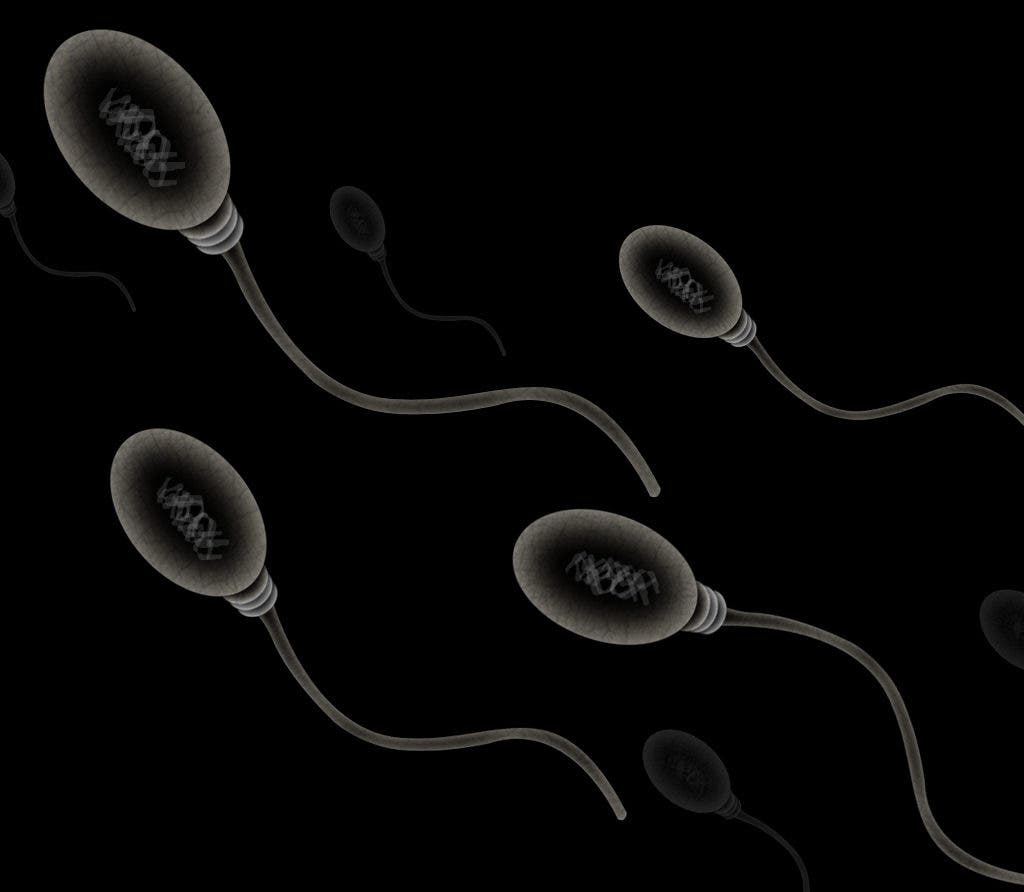Men who wear boxers have a significantly higher sperm count and sperm concentration compared to those that sport tighter underwear. The findings, however, do not suggest that tight underwear actually have any effect on fertility.

The study led by Lidia Mínguez-Alarcón, a research scientist at Harvard T.H. Chan School of Public Health, is the most comprehensive of its kind. The research team recruited 656 male partners of couples who were seeking infertility treatment at the Massachusetts General Hospital between 2000 and 2017. The male participants were aged 18 to 56, and had an average body mass index (BMI) of 26.
Among the 656 male participants, 53% reported wearing boxer shorts. This group tended to be younger, slimmer, and more likely to take hot baths than men who wore more tightly fitting underwear. Each male provided a semen sample and blood sample and answered a questionnaire about the style of underwear they most frequently used in the preceding three months.
According to the results, the boxer short group displayed 25% higher sperm concentration and 17% higher sperm count than the tight underwear group. Researchers adjusted for factors that might affect the results, such as BMI, physical activity, hot baths, and smoking.
The men who wore tighter underwear also had higher levels of follicle stimulating hormone (FSH) in their blood (14% more than the boxer short group). This hormone is known to be produced by the brain to stimulate sperm production, signaling that the body is trying to compensate for a lower sperm count. There were no recorded differences between the two groups in terms of other reproductive hormones or damage to the sperm’s DNA.
There are, however, a number of limitations to this study, which readers should be aware of. Firstly, the findings are based on men visiting a fertility center, so it may not be possible to generalize the conclusions. It is also true that the men involved in the study had a good semen quality relative to the World Health Organization’s reference standards. Secondly, this is a correlative study; tight underwear being associated with lower sperm count doesn’t prove that the type of underwear used is responsible for the observed effect.
And at the end of the day, men nowadays have bigger problems to worry about than which style of underwear to buy. A 2017 study found that men living North America, Europe, Australia, and New Zealand have a 52.4% lower sperm concentration and a 59.3% lower sperm count than they had 50 years ago.
According to Hagai Levine, an epidemiologist and public health physician at the Hebrew University-Hadassah, we don’t yet know for sure what caused this steep drop in sperm in the Western world. We do know, however, that endocrine disruptor exposure in utero, such as stress or smoking while the mother is pregnant, can harm the male’s fertility potential. It’s far more likely, however, that exposure later in life to man-made chemicals like pesticides or the effects of obesity cause such a pronounced effect.
If you’re reading this and feel a bit concerned, bear in mind that it only takes one sperm to fertilize one egg. Even if your tight underwear may be lowering your sperm count, you still have plenty of able swimmers. That being said, men with fertility problems could try switching to looser underwear, as it is a cost-effective, low-risk lifestyle change that may improve semen quality (although this is not discussed in the present study).
The findings appeared in the journal Human Reproduction.
Was this helpful?



